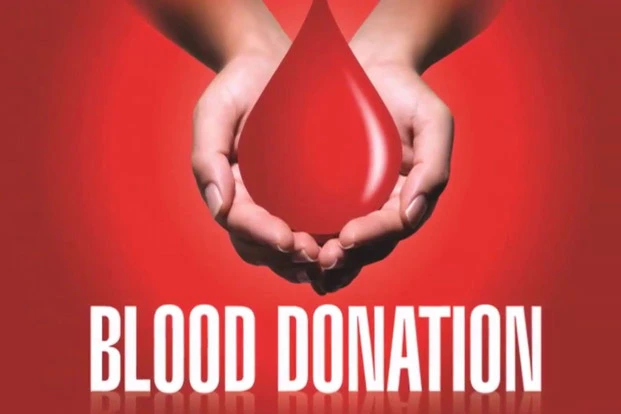Blood, the life-sustaining fluid, plays a crucial role in transporting nutrients and oxygen to cells, ensuring the seamless functioning of vital organs. For those considering blood donation, good health, a weight of at least 45kg, and an age between 18 and 65 are prerequisites.
Before Blood Donation
- Prioritize a full night’s sleep.
- Consume a nourishing meal, emphasizing iron-rich foods for optimal hemoglobin levels.
- Maintain adequate hydration before donating.
- Ensure a 72-hour gap if you’ve had a cold or flu.
- Abstain from smoking two hours before donation.
- Refrain from alcohol consumption the day before.
- Stay informed about the latest donor eligibility criteria.
- Carry your donor identity card or an alternative form of identification.
- Share your medical history to safeguard the recipient.
After Blood Donation
- Wait at least five minutes before standing up post-donation.
- Opt for well-balanced meals over the next 24 hours.
- Avoid an empty stomach; eat after blood donation.
- Increase fluid intake for 24 to 48 hours as the body takes around 24 hours to replenish fluids post-donation.
- Steer clear of fizzy or aerated beverages.
- Refrain from heavy lifting or pulling with the donated arm for approximately five hours.
- Minimize standing for prolonged periods.
- Abstain from smoking for four hours and alcohol for 24 hours.
Additional Tips
- Keep the strip bandage on for several hours; cleanse the area to prevent a skin rash.
- Avoid heavy lifting or vigorous exercise for the remainder of the day.
- If the needle site bleeds, apply pressure and raise your arm for 5-10 minutes or until bleeding stops.
- Prioritize iron-rich foods in your diet.
- A well-balanced diet fosters a consistent blood donation habit in the future.
Pre-Donation Prep
Before heading to your donation appointment, boost your hydration by downing an extra 16 oz. of water or a nonalcoholic beverage. Fuel up with a nutritious meal, steering clear of greasy indulgences like burgers, fries, or ice cream. Opt for a shirt with sleeves that easily roll up, and share any preferences regarding your donation arm or favored vein.
To enhance your donation experience, consider practicing Applied Muscle Tension (AMT) exercises. These simple maneuvers help maintain blood pressure and promote optimal blood flow, minimizing the risk of side effects like fainting during and after donation. While donating, unwind by listening to music, engaging in conversation with fellow donors, or catching up on some reading.
Post-Donation Steps
1. Indulge in a Treat
After your donation, take a well-deserved break in the refreshment area. Enjoy some cookies or other snacks as a reward for your generous act.
2. Spread the Joy
Share the gratification of your blood donation experience with others. Your good deed is a story worth telling.
3. Stay Hydrated
Consume an extra four glasses (8 oz. each) of liquids over the next 24 hours, excluding alcohol.
Additional Tips for After Your Donation
1. Keep It Covered
Maintain the strip bandage for several hours. To prevent skin rash, cleanse the area around the bandage with soap and water.
2. Take It Easy
Refrain from heavy lifting or strenuous exercise for the remainder of the day.
3. Addressing Bleeding
If the needle site bleeds, apply pressure and elevate your arm for 5-10 minutes or until bleeding ceases.
4. Combat Dizziness
Should dizziness or lightheadedness strike, pause your activities, sit, or lie down until the feeling subsides. Avoid activities where fainting may pose a risk for at least 24 hours.
5. Nourish with Iron
Continue consuming iron-rich foods and, if you’re a frequent donor, supplement with iron-containing multivitamins to replenish stores before your next donation.

